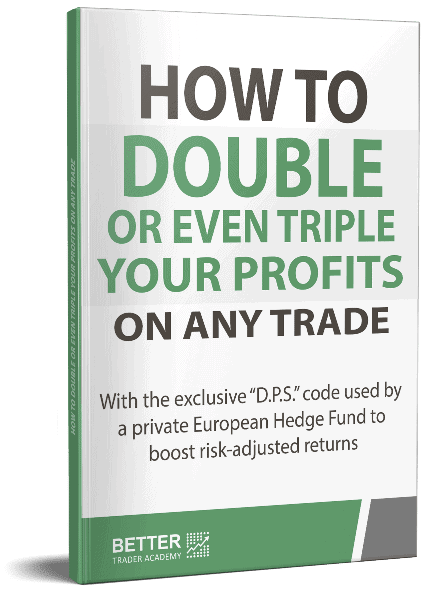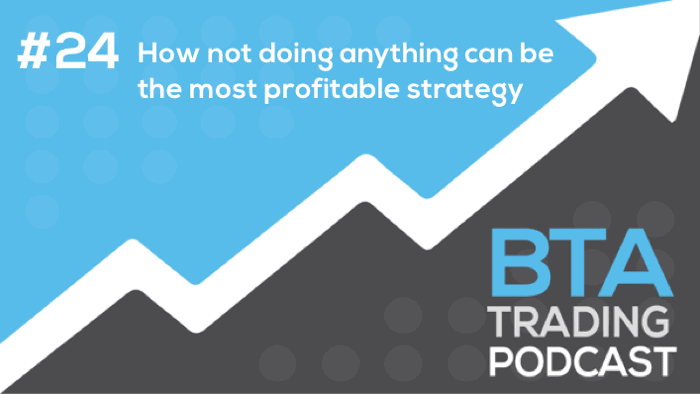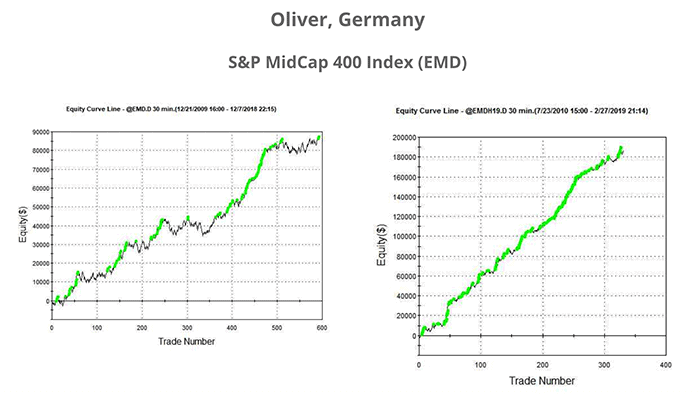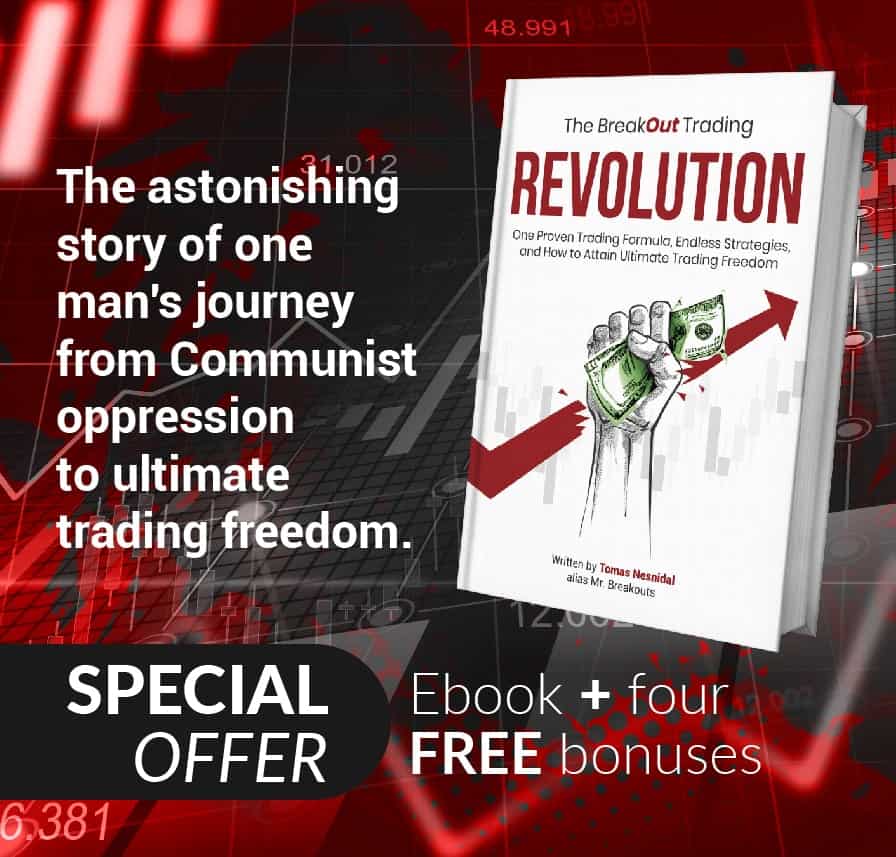If you’re like me, you’ve probably always hated it when people told you what you should and shouldn’t do.
Especially with parents.
When my mother told me I should be a good, nice boy, I became a hippie.
When she told me I should study to be an engineer, I chose film school.
And when she told me I should find a good, stable job, I decided to never be an employee my entire life.
Yes, there is something rebellious in me. And as I’ve had the privilege to get to know hundreds of traders during my trading career, I’ve observed that many others are like this too.
That’s because we traders like living life our own way. We’re different and we need to embrace it – including our rebellious nature.
Yet, today I’ll still dare to tell you the #1 thing you should NOT do in your trading.
Because this #1 thing cost me a lot of time and money – and I don’t want you to repeat it. So, please, despite your potentially rebellious nature (just like me!), take this advice seriously.
And this advice is….
…never, EVER, trade without a stop-loss.
Now, why I’m even talking about this:
One of the easiest ways to produce a nice, steadily rising backtest equity curve, is to not include a stop-loss. In fact, most of the time, adding a stop-loss into a trading strategy makes the backtesting results (much) worse.
Want MORE? Sign up for the free BTA newsletter and join 1000’s of other traders who receive meaningful trading content every week, straight into your email inbox. Click here to join us.
So, inexperienced traders, based on this simple observation, love making the very immature conclusion that trading without a stop-loss is generally better.
I call this “the fairytale obsession”. Many beginners are simply too obsessed with fast and easy money, that they’re willing to commit any “high-risk crime”, including trading without stop-losses.
And I get it. More than a decade ago, I used to be one of them too.
Until I lost A LOT of money.
Until unexpected market situations occurred, things that were NOT included in the backtest.
Until my trading infrastructure crashed and I couldn’t get out of my position (a good broker keeps stop-losses on their own servers, so a computer crash is not a big deal, as a stop-loss is still in place).
Things like this easily cost me 4-5 times more than my expected average loss.
I experienced huge drawdowns. My confidence was smashed to pieces. And each time I compared my live equity curve with a version of a backtest that includes stop-losses, I clearly saw how ALWAYS having a stop-loss should be my #1 rule in every trade, in every situation.
Fortunately, I learned my lesson.
From being the guy with the “fairytale obsession”, I became a trader with the “risk-management obsession”. This is one of the main reasons I’m still in the trading business and keep trading successfully.
Fortunately, many of the “fairytale” driven traders didn’t have much luck. Their naivety to trade without a stop-loss took them out of the business.
I even had a friend who launched a hedge fund without using stop-losses, naively believing in the fallacy of backtesting reports – and had to close the hedge fund in less than a year.
If you’re really clever and serious about your trading, you never argue with this advice.
You can rebel against it if you want…
But I suggest you don’t.
(And btw, if you really like rebelling, then let’s rebel with me against something more meaningful – like all that obsolete, boring and inefficient position sizing techniques. And let’s try something cool and new instead, like the Dynamic Position Sizing).
Happy trading!
Tomas
How To Double Or Even Triple Your Profits
On Any Particular Trade?
✓ Discover how to boost your returns by manipulating the odds of specific trades in your favour,
✓ Implement the exclusive “D.P.S” techniques used by a private European Hedge Fund to increase risk-adjusted returns,
✓ With as little as 4 extra lines of code to implement fast.









![[VIDEO] A crisis might be coming and I’m excited](https://bettertraderacademy.com/wp-content/uploads/2019/01/7.jan2-min.png)
![[VIDEO] How to boost trading profits](https://bettertraderacademy.com/wp-content/uploads/2019/03/4mar19.png)
![[VIDEO] If you’re not trading gold, you’re missing out](https://bettertraderacademy.com/wp-content/uploads/2019/04/5apr19-min.png)

![[VIDEO] 71 life-changing trading tips for FREE](https://bettertraderacademy.com/wp-content/uploads/2019/05/20may-min.png)



